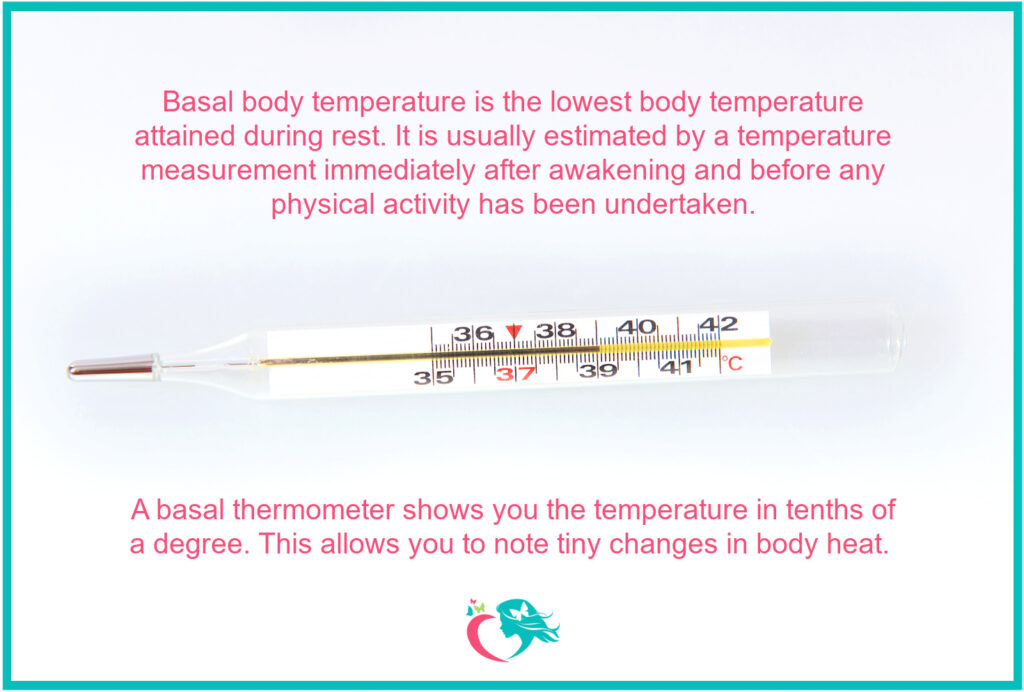The key to effective treatment of PMDD is making an accurate diagnosis. With an accurate diagnosis, treatment can be tailored to the individual patient’s needs.
What is PMDD?
True PMDD is an emotional manifestation of a hormonal imbalance occurring when a woman’s ovulatory function is diminished or changes. This is why it is common in the teenage years, the later years of a woman’s menstrual cycles, and at times in between when ovulatory function is disrupted.
The Key to Effective PMDD Treatment
Evaluating ovulatory function through daily basal body temperature and associated PMDD symptom charting are key. Once a baseline diagnosis is established, a successful treatment plan can be implemented and modified for an optimal disease response.
This collection of ovulatory data and symptoms starts when the initial office visit is scheduled. This permits us to confirm the diagnosis and start effective therapy at the first visit.
Make a chart to record data
First, on a piece of loose-leaf paper, make three vertical columns to record, from left to right, the date, the day of your cycle (starting on the first day of the menstrual flow) and the basal body temperature for that day.
Then, moving on from left to right, make a column for each PMDD symptom that you experience during the month. Leave this paper and your thermometer at your bedside for easy access.
Daily basal body temperatures
Basal body temperatures are taken DAILY and recorded with an oral, digital thermometer first thing in the morning when you wake up.
This is before you get out of bed to use the bathroom, etc. Even this minimal activity can cause your temperature to go up leading to inaccuracies in the chart and difficulties evaluating ovulatory function and hormone production.
At the end of the day, each PMDD symptoms is rated based on its severity at its worst during that day.
The scoring system is as follows:
0 = none that day.
1 = mild at worst.
2 = moderate at worst.
3 = severe at worst.
4 = disabling at worst (cannot go to work, school, or go about your normal activities such as grocery shopping, etc.).
The key to effective PMDD treatment and evaluating data
The more data that we have the more easily we can evaluate and treat your symptoms. If you miss a day of charting, either the basal temperatures or the PMDD symptoms, just continue with the next day. We can usually work around minimally missing data.
This method of evaluating PMDD is very accurate, safe, and inexpensive. It forms the basis for both an accurate diagnosis of PMDD and meaningfully assessing treatment results.
If you have further questions, please call our office.
Call now to schedule an appointment.
Phone: 856-429-2212
You might also be interested in…



